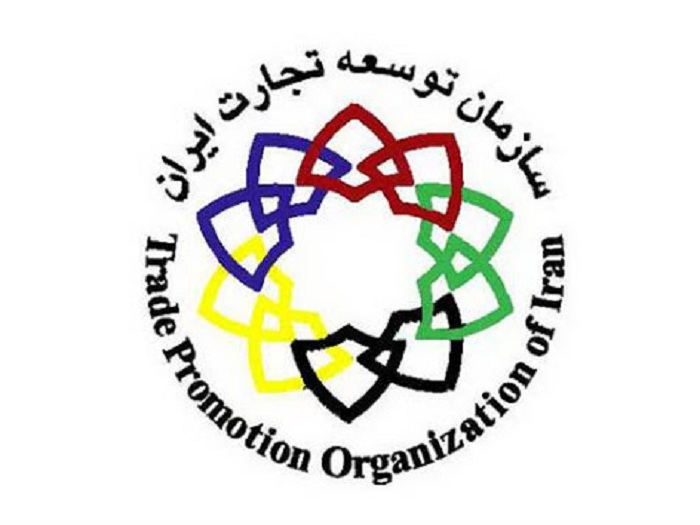A look at Iran's exports in the 11th government

In its latest assessment, the Trade Development Organization has examined the situation of the country's exports and imports during the seven years of Rouhani's government.
According to the International Iranian Stone Exhibition, although in the early years of the 11th government and due to the existing international sanctions against Iran, one of the government's concerns was the conclusion of Borjam and the possibility of reselling oil, but also the development of export infrastructure. Non-oil was also pursued, so much so that in the past two years, at the same time as the sharp decline in oil revenues, a significant part of the country's foreign exchange needs has been covered by non-oil exports.
Despite US sanctions, Iran's non-oil exports have continued to stabilize over the past two years, with only the outbreak of the Corona virus in recent months preventing this trend from continuing. However, exporters believe that if the corona restrictions are reduced, the statistics of the previous months can be offset soon.
The Trade Development Organization, in reviewing Iran's trade performance in the seven years of the Rouhani government, has announced that in 1392, the growth rate of exports was one percent in value and eighteen percent in weight. In 2014, which was the first full year of the 11th government, Iran's non-oil exports reached a record and reached fifty billion dollars. Accordingly, Iran's exports have increased by 21 percent in value and by 7 percent in weight.
According to the recorded statistics, Iran's export performance in 1394 was negative, but in 1395 and at the same time with the conclusion of the Borjam negotiations, it has become positive again. At the end of this year, Iran's exports grew by four percent in value and thirty-eight percent in weight.
In 1396, with the implementation of the nuclear agreement, the positive trend of Iran's exports continued, and at the end of this year, a growth of seven percent in value and two percent in weight was recorded.
In 1397, with the beginning of new US sanctions, Iran's exports decreased by 11% in weight and decreased by 5% in value, but in 1398, with the creation of a new equilibrium point in exports, the amount of non-oil exports in terms of weight increased by 14%. Found and reached one hundred and thirty-four million tons. A number that is unprecedented in the last 40 years.
The Trade Development Organization also predicts that exports will fall by up to 20 percent this year due to ongoing sanctions and the spread of the coronavirus.
Thus, a review of the performance of the first seven years of the Rouhani government shows that the weight of Iran's non-oil exports in 1398 and compared to 1392, has increased by forty-three percent. In the field of export value, however, a fourteen percent decrease has been recorded, which, of course, along with sanctions, the issue of reforming the base export price at customs, which has been key since 1397, is not ineffective. It has also been announced that the amount of goods imported to Iran has decreased by about twelve percent during this period.
* ISNA










